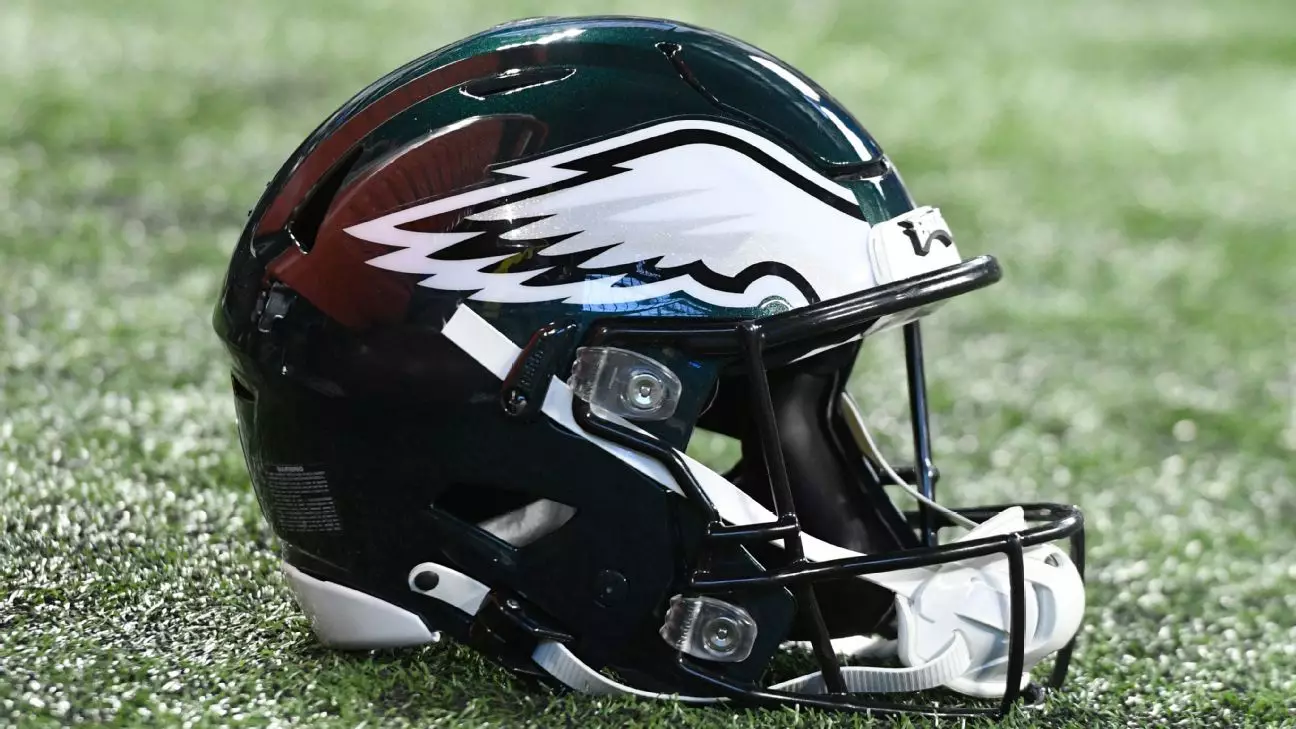In the highly competitive realm of the NFL, strategic trades often serve as pivotal moments that can redefine team dynamics and championship prospects. The recent exchange between the Las Vegas Raiders and the Philadelphia Eagles exemplifies this tactical chess game. Moving cornerback Jakorian Bennett to Philadelphia in exchange for defensive tackle Thomas Booker marks more than a simple swap of players; it reveals underlying philosophies about team building, adaptability, and the pursuit of excellence.
This trade underscores the importance of positional balance and depth—crucial factors in the league’s gritty, collision-heavy games. For the Raiders, acquiring Booker offers immediate reinforcement on the interior defensive line, especially after their decision to release Christian Wilkins. The move signals a pragmatic approach: prioritizing defensive versatility and depth over raw star power, recognizing that consistent contributions from role players often make the difference in close contests.
Meanwhile, the Eagles’ decision to part ways with cornerback Darius Slay and focus on developing young talent reflects a longer-term strategy aimed at cultivating a resilient and flexible secondary. Bennett, despite his relative youth and injury setbacks, demonstrated promise in his second NFL season. His ability to persevere through adversity and his resilience in regaining his health suggest a team philosophy that values mental toughness and perseverance. For Philadelphia, the swap signifies a belief that Bennett’s upside, combined with the acquiring of Booker to fortify the defensive front, aligns with their quest for sustainable success.
Player Trajectories and Team Philosophy: Indicators of Broader NFL Trends
The movements of Bennett and Booker serve as case studies in modern NFL team management—highlighting that talent assessment extends beyond immediate production to include health, potential, and fit within a team’s strategic scheme. Bennett, joining Philadelphia after a season marred by injury, embodies the league’s evolving emphasis on resilience and recovery. His statement about feeling better than ever reflects an awareness that physical wellness is a critical asset, yet the shifting depth chart reveals that health alone does not guarantee a starting role.
On the other hand, Booker’s career trajectory—rostered on the Eagles’ practice squad before stepping into a depth role—illustrates how players must adapt, remain ready, and capitalize on opportunities. His experience highlights the NFL’s underlying reality: depth players, often overlooked, are vital cogs in the relentless machine of a successful team. Both teams’ willingness to develop and rotate players during camp points to a broader trend where flexibility and competition are at the core of roster construction.
This trade, in essence, reflects a clear understanding that building a resilient defense demands a multifaceted approach. Philadelphia’s ongoing competition at cornerback, especially after the departure of Slay and the uncertain position of the outside corner opposite Mitchell, indicates an organizational priority to find the right chemistry through competition rather than static lineups. Similarly, the Raiders’ focus on shoring up their D-line suggests an awareness of how dominant trenches are often the foundation of a winning defense.
The Power of Future Potential: Investing in Youth and Development
Both teams demonstrate a willingness to gamble on youthful optimism and potential growth, rather than solely chasing established stars. Bennett’s season-ending injury and subsequent recovery are emblematic of the league’s spirit of perseverance, while Booker’s role as a rotational player indicates that NFL elite success increasingly hinges on a well-rounded roster, not just marquee names.
Interesting is the Eagles’ ongoing search for stability at cornerback, balancing veteran Adoree’ Jackson with the promising rookie Kelee Ringo. The coaching staff’s acknowledgment that both players have performed equally well during camp further signifies that NFL teams now prize versatility and the ability to adapt over relying on a singular “go-to” star. This approach allows franchises to survive injuries, maintain competitiveness, and foster internal competition that pushes players to elevate their game.
For Philadelphia, the trade could be viewed as a bold statement: that they are investing in potential and patience, developing a young cornerback who has shown resilience amid injury setbacks. For the Raiders, the move suggests a pragmatic shift towards bolstering the interior D-line where roles are fluid and demands are relentless. Both sides recognize that their current investments—be they in youth, health, or depth—are critical to long-term success in an environment where margins are razor-thin.
The NFL’s evolution is clear: strategic trades, depth-building, and patience in player development are as vital as star power. The Bennett-for-Booker swap speaks not just of player value, but of a modern philosophy that champions resilience, versatility, and thoughtful roster management in the relentless quest for supremacy.


Leave a Reply